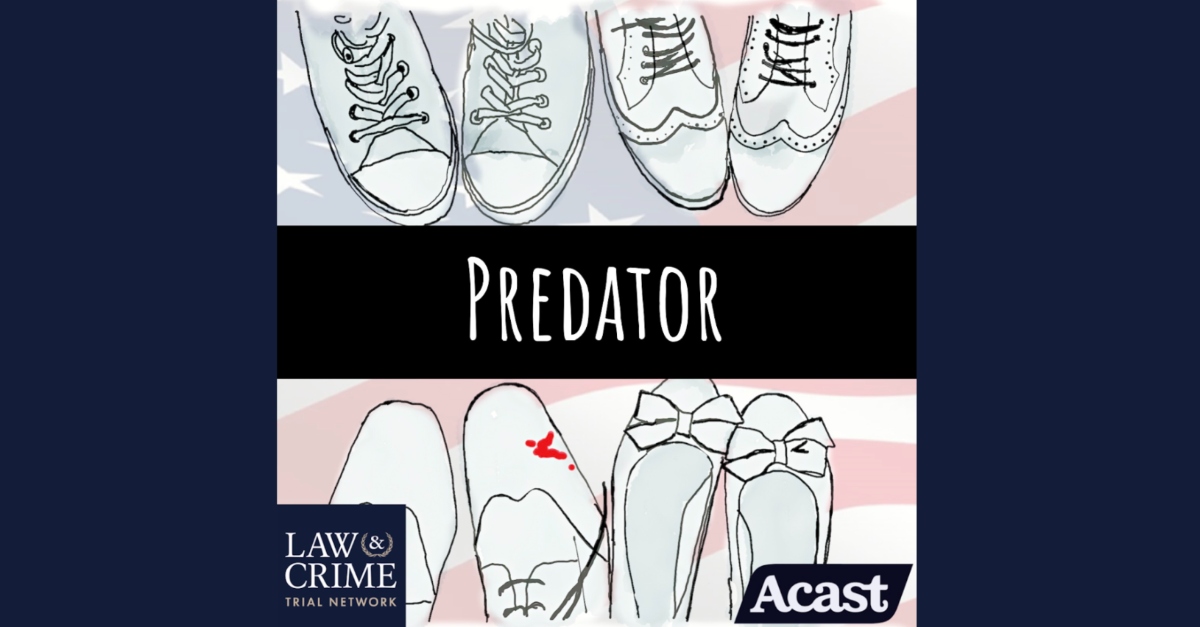
Spanning a decade, numerous women had been going missing in southcentral Alaska.
By the fall of 1983, at least ten women had disappeared.
Most were in their 20s with light-colored hair, had few connections to the area, and worked as exotic dancers.
Tragically, some were discovered buried in shallow graves. However, others had simply vanished without a trace, and they were still listed as missing.
At the time, the Anchorage police did not believe that they had a serial killer in their midst.
Anchorage police investigator Maxine Farrell had been looking into the cases of the missing women and spoke with the press saying, “We don’t believe that we have a mass murderer out there, some psycho knocking off girls, but we have to cover every possibility.”
But as more bodies were discovered along the sandy banks of the River Knik it became glaringly obvious that someone was targeting women in town and taking them into the wilderness to kill them.
READ RELATED: Pediatrician Stephanie Russell Charged with Murder-for-Hire
The FBI were asked to assist in the case. Criminal profilers John Douglas and Jim Horn went to Anchorage to construct a profile of the man they believed was responsible.
Investigators believed that the suspect was someone with self-esteem issues stemming from adolescence, likely due to acne or a speech impediment.
The killer was believed to be someone who knew the area well, and someone who was an experienced hunter.
When the profile was completed, the detectives immediately knew who fit the bill.
He had been suspected in multiple investigations, and once they searched his property and uncovered his trophy collection, they knew they had their man.
Hear the story of Alaska’s most dangerous predator on this week’s episode of They Walk Among America.
Have a tip we should know? [email protected]
Source:




